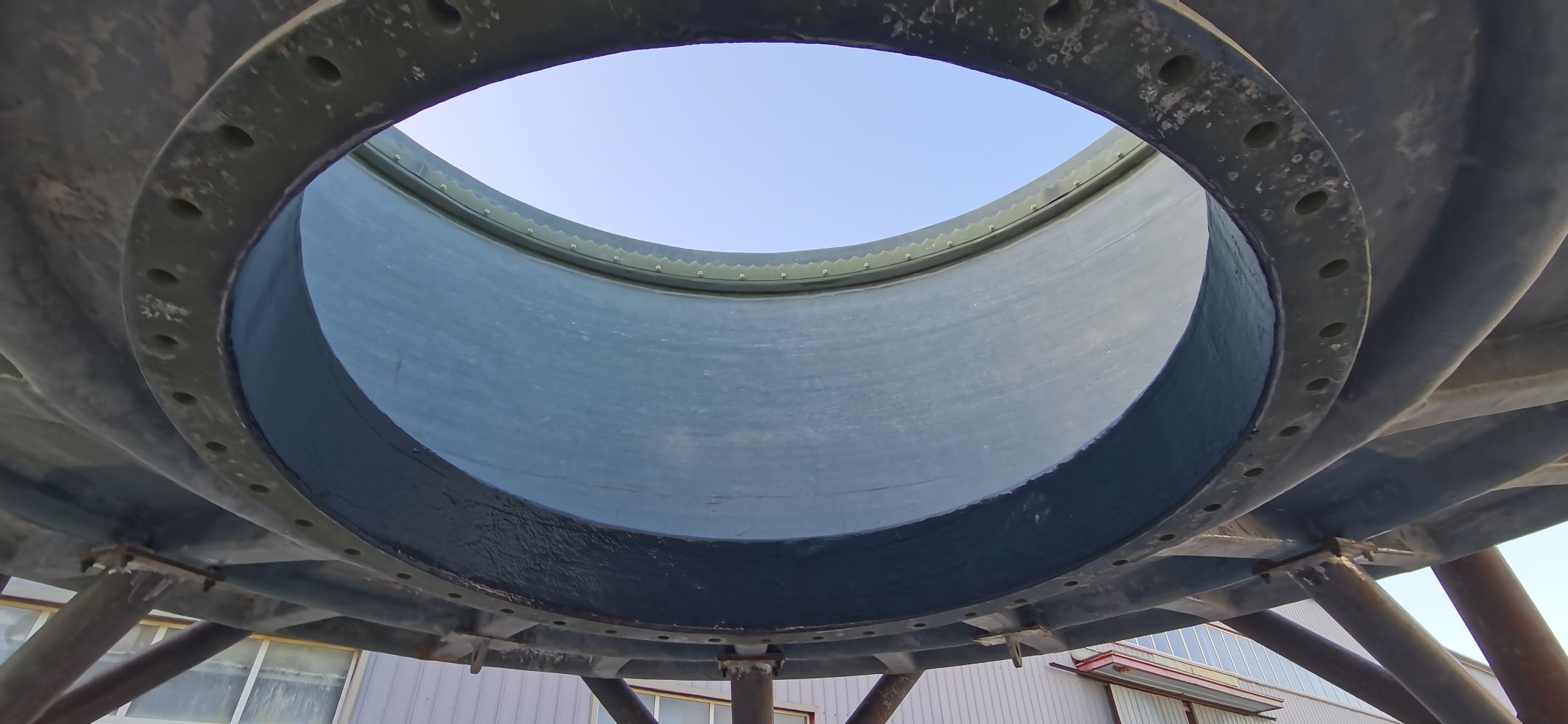
-
 Afrikaans
Afrikaans -
 Albanian
Albanian -
 Amharic
Amharic -
 Arabic
Arabic -
 Armenian
Armenian -
 Azerbaijani
Azerbaijani -
 Basque
Basque -
 Belarusian
Belarusian -
 Bengali
Bengali -
 Bosnian
Bosnian -
 Bulgarian
Bulgarian -
 Catalan
Catalan -
 Cebuano
Cebuano -
 China
China -
 China (Taiwan)
China (Taiwan) -
 Corsican
Corsican -
 Croatian
Croatian -
 Czech
Czech -
 Danish
Danish -
 Dutch
Dutch -
 English
English -
 Esperanto
Esperanto -
 Estonian
Estonian -
 Finnish
Finnish -
 French
French -
 Frisian
Frisian -
 Galician
Galician -
 Georgian
Georgian -
 German
German -
 Greek
Greek -
 Gujarati
Gujarati -
 Haitian Creole
Haitian Creole -
 hausa
hausa -
 hawaiian
hawaiian -
 Hebrew
Hebrew -
 Hindi
Hindi -
 Miao
Miao -
 Hungarian
Hungarian -
 Icelandic
Icelandic -
 igbo
igbo -
 Indonesian
Indonesian -
 irish
irish -
 Italian
Italian -
 Japanese
Japanese -
 Javanese
Javanese -
 Kannada
Kannada -
 kazakh
kazakh -
 Khmer
Khmer -
 Rwandese
Rwandese -
 Korean
Korean -
 Kurdish
Kurdish -
 Kyrgyz
Kyrgyz -
 Lao
Lao -
 Latin
Latin -
 Latvian
Latvian -
 Lithuanian
Lithuanian -
 Luxembourgish
Luxembourgish -
 Macedonian
Macedonian -
 Malgashi
Malgashi -
 Malay
Malay -
 Malayalam
Malayalam -
 Maltese
Maltese -
 Maori
Maori -
 Marathi
Marathi -
 Mongolian
Mongolian -
 Myanmar
Myanmar -
 Nepali
Nepali -
 Norwegian
Norwegian -
 Norwegian
Norwegian -
 Occitan
Occitan -
 Pashto
Pashto -
 Persian
Persian -
 Polish
Polish -
 Portuguese
Portuguese -
 Punjabi
Punjabi -
 Romanian
Romanian -
 Russian
Russian -
 Samoan
Samoan -
 Scottish Gaelic
Scottish Gaelic -
 Serbian
Serbian -
 Sesotho
Sesotho -
 Shona
Shona -
 Sindhi
Sindhi -
 Sinhala
Sinhala -
 Slovak
Slovak -
 Slovenian
Slovenian -
 Somali
Somali -
 Spanish
Spanish -
 Sundanese
Sundanese -
 Swahili
Swahili -
 Swedish
Swedish -
 Tagalog
Tagalog -
 Tajik
Tajik -
 Tamil
Tamil -
 Tatar
Tatar -
 Telugu
Telugu -
 Thai
Thai -
 Turkish
Turkish -
 Turkmen
Turkmen -
 Ukrainian
Ukrainian -
 Urdu
Urdu -
 Uighur
Uighur -
 Uzbek
Uzbek -
 Vietnamese
Vietnamese -
 Welsh
Welsh -
 Bantu
Bantu -
 Yiddish
Yiddish -
 Yoruba
Yoruba -
 Zulu
Zulu
fiberglass dual lamination
Understanding Fiberglass Dual Lamination Benefits and Applications
Fiberglass dual lamination is an advanced manufacturing process that combines the strength and durability of fiberglass with the protective qualities of dual-layer laminates. This technique has gained significant attention across various industries due to its unique properties, offering enhanced performance, longevity, and versatility.
What is Fiberglass Dual Lamination?
At its core, fiberglass is a composite material made from fine fibers of glass. This material is renowned for its lightweight nature, high tensile strength, and resistance to corrosion. When fiberglass is combined with a dual lamination process – typically involving the application of two layers of resin or protective film – it creates a composite that boasts even greater resilience against mechanical stress, moisture, and chemical exposure.
The dual lamination process generally involves the infusion of resin between two layers of fiberglass, or the application of a protective film over a fiberglass surface. This not only reinforces the structural integrity of the base material but also provides an additional barrier against environmental factors, enhancing its overall durability.
Benefits of Fiberglass Dual Lamination
1. Enhanced Strength and Durability One of the most significant advantages of fiberglass dual lamination is its strength. The layered structure of fiberglass reinforced with dual lamination allows the material to withstand heavy loads and resist impact damage. This makes it an ideal choice for applications where performance and durability are critical.
2. Corrosion Resistance Fiberglass inherently resists rust and corrosion, but the dual lamination process further enhances this property. When exposed to harsh chemicals or extreme weather conditions, fiberglass dual lamination maintains its integrity, extending the lifespan of the material.
3. Lightweight Despite its robust nature, fiberglass dual laminated products remain relatively lightweight compared to other construction materials like steel or aluminum. This characteristic simplifies transportation and installation, making it a preferred option in manufacturing industries that prioritize efficiency.
4. Versatility Fiberglass dual lamination can be tailored to meet specific requirements, including varying thicknesses and types of laminates. This adaptability opens up a wide range of applications across different sectors, from aerospace and automotive to marine and construction.
fiberglass dual lamination

5. Cost-Effectiveness While the initial investment in fiberglass dual lamination might be higher than traditional materials, its long-term benefits – such as reduced maintenance costs and increased longevity – make it a cost-effective option in the long run.
Applications of Fiberglass Dual Lamination
The versatility and durability of fiberglass dual lamination make it suitable for many applications
- Aerospace In the aerospace industry, components made from fiberglass dual lamination are used in the construction of airframes and interior parts. The lightweight nature of the material helps improve fuel efficiency without compromising structural integrity.
- Automotive The automotive sector embraces fiberglass dual lamination for manufacturing body panels and interior components. The material's resistance to corrosion and impact ensures vehicles remain in excellent condition over time.
- Marine The marine industry benefits significantly from fiberglass dual lamination, with applications in boat hulls, decks, and other structural components. Its resistance to saltwater and UV radiation is crucial for the longevity of marine vessels.
- Construction In construction, fiberglass dual laminated products, such as panels and insulation materials, are utilized for both structural and aesthetic purposes. Its ability to withstand adverse weather conditions makes it an excellent choice for building materials.
- Electronics The dual lamination technique is also employed in the electronics industry, where fiberglass is used in circuit boards and casings. The insulating properties of the material provide protection for sensitive electronic components.
Conclusion
Fiberglass dual lamination stands out as a remarkable advancement in materials technology. Its combination of strength, durability, and versatility makes it applicable across various industries, providing solutions that traditional materials cannot match. As industries continue to evolve and demand more efficient and resilient materials, fiberglass dual lamination is poised to play a critical role in the future of manufacturing and construction. Embracing this innovative approach can lead to better products, reduced costs, and increased sustainability throughout the supply chain.









